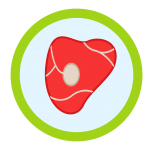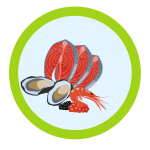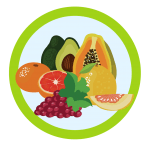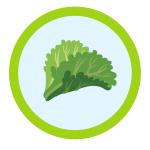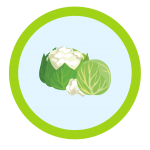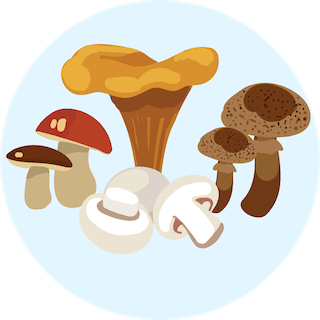“Niacin is an essential nutrient that is crucial in maintaining good health. However, our bodies cannot produce it sufficiently, so we must obtain it from external sources such as our diet. After consumption, b3 is primarily absorbed in the small intestine and carried to the liver. The liver processes b3, converting it into active forms that are then released into the bloodstream and transported to different body tissues.
Additionally, our bodies can produce niacin from the amino acid tryptophan, which is present in many dietary sources such as dairy, poultry, fish, and nuts. However, this conversion process is only sometimes efficient, and our body’s b3 requirement may need to be met. Therefore, it is crucial to include adequate amounts of niacin in our diet through conscious food choices.
The recommended daily niacin intake is 16 mg/day for adult men and 14 mg/day for adult women, with slightly higher amounts for pregnant and breastfeeding women.

